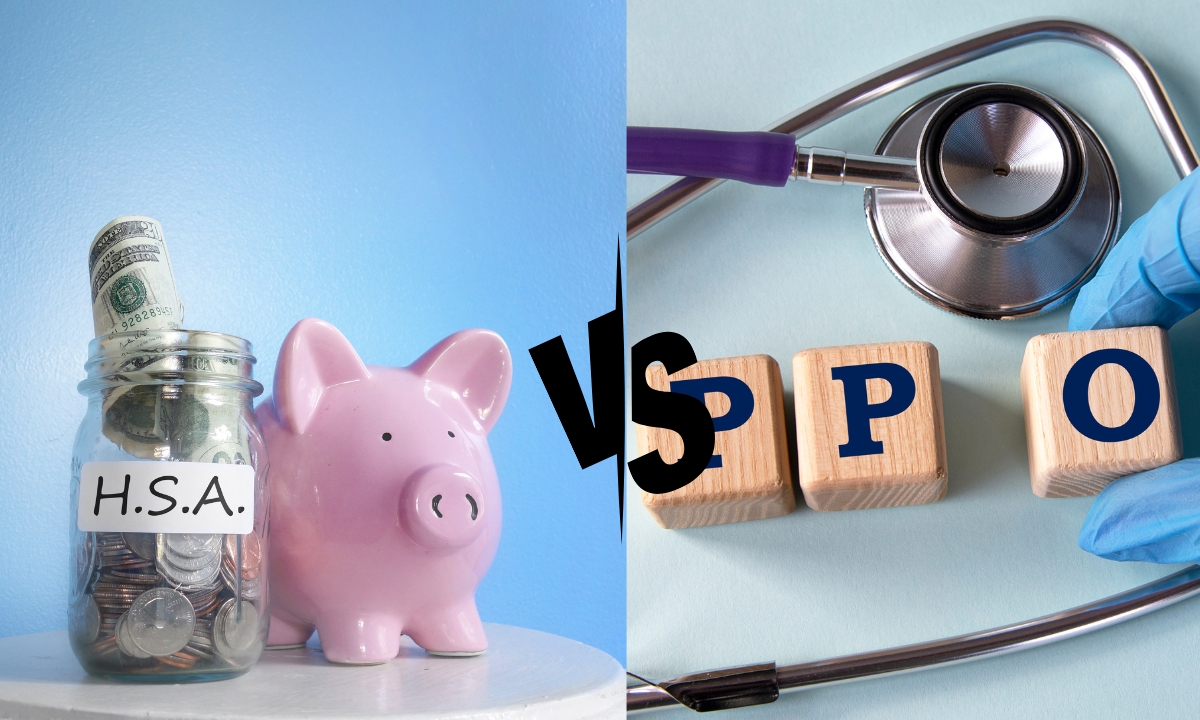
We have a couple of updates on the learned intermediary rule in California. We reported to you three months ago on the California Supreme Court’s tweaking of the learned intermediary rule in Himes v. Somatics, and the tweaks were not good. As we wrote back then, the Court did not make any fundamental change to the rule, which still holds that a prescription medical product manufacturer’s duty to warn runs to the prescribing physician, not the patient. The California Supreme Court’s twist is on causation. Under Himes, a plaintiff is not required to show in every case that a stronger warning would have altered the physician’s prescribing decision. Instead, a plaintiff can establish causation by proving that the physician would have communicated the stronger warning to the patient and that an “objectively prudent person in the patient’s position would have thereafter declined the treatment.” Himes v. Somatics, LLC, 16 Cal. 5th 209 (2024).
The first update is that plaintiffs are already trying to stretch the Himes opinion beyond bounds. We recently reviewed an opposition to summary judgment stating that so long as a plaintiff can show that he or she would not have taken a prescription drug after reading a label with a stronger warning, then the question of warnings causation goes to the jury, citing Himes.
That is completely wrong. Again, the California Supreme Court held that a plaintiff can prove causation by showing that his or her physician would have communicated a stronger warning and that “an objectively prudent” patient would then have declined treatment. The physician’s decisionmaking in treating patients and counseling with them about risks and benefits remains at the center of warnings causation. Moreover, the potential impact of the physician’s warnings on a patient is judged under an objective standard. Himes did not involve patients who themselves read drug labeling, and there is no scenario under Himes under which causation is established where the plaintiff “shows he or she would not have taken a drug.” The California Supreme Court and the Ninth Circuit have both expressly rejected the idea that that plaintiffs can defeat summary judgment with subjective, post hoc statements that they would not have taken the drug had they received a stronger warning. Himes, at 234. There is really no other way, given that every patient who has actually experienced a drug side effect and is suing to recover damages will say that he or she would not have taken the drug had he or she known.
Our second update is that a federal judge in California has now provided one of the first applications of Himes that we have seen, and the result is good. In Canty v. Depuy Orthopaedics Inc., No. 14-cv-05407, 2024 WL 4149954 (N.D. Cal. Sept. 10, 2024), the district court granted summary judgment on the plaintiffs’ warnings-based claims because the prescribing surgeon did not rely on materials from the defendant manufacturer when he decided to treat his patient with the defendant’s orthopedic implant. As a result, a stronger warning could not have impacted the physician’s prescribing decision, nor could it have impacted the physician’s counseling with the patient.
This is an important outcome because the California Supreme Court left open, in a footnote, whether the warnings causation chain is broken when the physician would not have read or otherwise been alerted to a stronger warning. Himes, at n.1. The district court in Canty ruled that, yes, the chain is broken. The surgeon could “not recall a single statement” or a “single document” from the defendant on which he relied, so it really did not matter what those materials said or what the plaintiffs thought they should have said. We frankly don’t know how anyone could come to a different conclusion, since a stronger warning cannot affect someone who did not read warnings in the first place. Id. at *4
The surgeon had been a consultant for the defendant and participated on a “surgeon’s panel.” According to the district court, however, although this “may suggest” that the surgeon gleaned additional information about the product, a “mere scintilla of evidence” is not sufficient to overcome summary judgment. In addition, the fact that the surgeon stopped using the particular implant at some later point in time was irrelevant because that did not establish what he would have done at the time he treated the patient had he seen a stronger warning. Id.
We expressed our concern that the Himes standard introduces unwarranted speculation into a standard that was and should be straightforward. The order in Canty is encouraging.




















